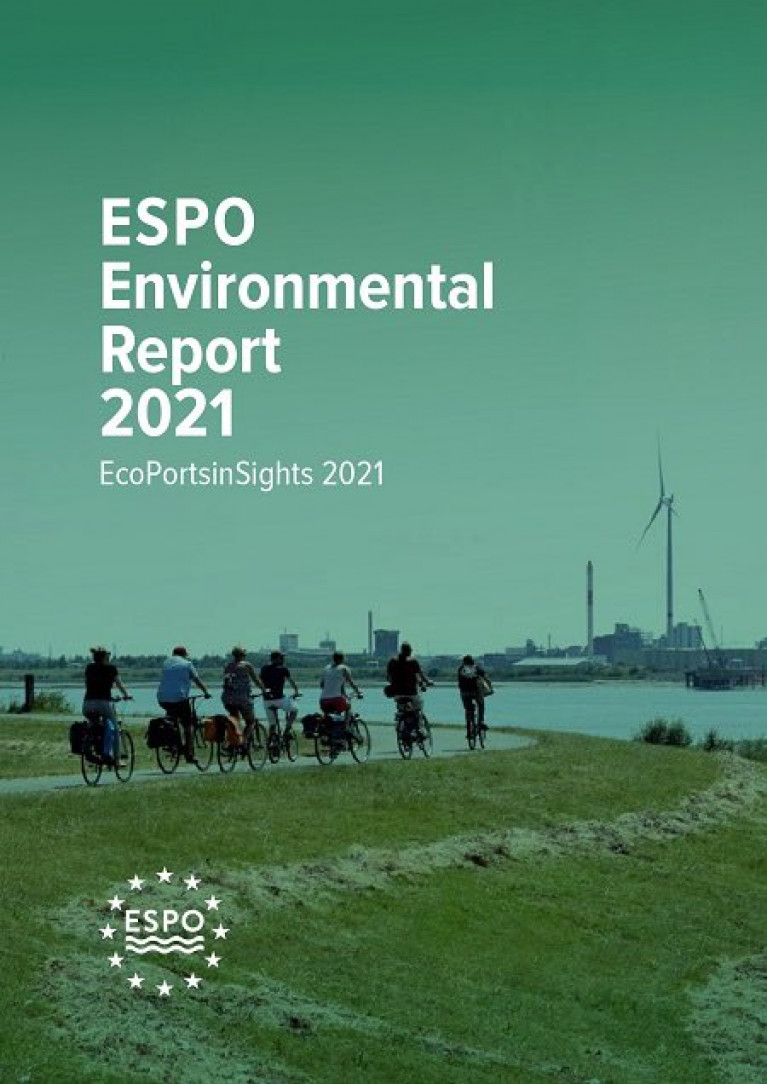Displaying items by tag: Env Report
European Sea Ports Organisation Presents its Environmental Report | EcoPortsinSights 2021
The European Sea Ports Organisation (ESPO) is proud to present the annual ESPO Environmental Report for 2021.
The ESPO Environmental Report is part of EcoPorts, the environmental flagship initiative of the European Sea Ports Organisation (ESPO). This 6th edition is based on data from 99 European ports from 21 European countries, who filled in the EcoPorts Self-Diagnosis Method (SDM) (www.ecoports.com). The SDM is a checklist of good practice and provides the database for this report.
With climate change and environmental issues on top of both the ports and the policy makers’ agendas, the 2021 Report has become an essential tool to monitor performance and see where problems arise. It provides ESPO and European policymakers with insights on the environmental issues that European ports are working on, and informs the priorities of ESPO.
For 2021, the report shows a number of positive trends amongst key indicators. Based on the slightly larger sample compared to in 2020, the Top 10 environmental priorities of European ports are almost the same. The five top priorities are the same as in 2020, with air quality, climate change, and energy efficiency as the top three priorities.
The 2021 Report also finds that ports are demonstrably improving their environmental management, addressing their priorities through bottom-up initiatives. In 2021, a growing number of ports provided environmental training programs and training, and close to 40% of ports are certified with EcoPorts PERS, which is the only port-specific certification on the market.
Together with the ESPO Green Guide 2021 (available here), the ESPO Environmental Report strengthens the long-standing efforts of European ports to monitor and address high priority environmental issues.
“The positive trends in the 2021 Report are encouraging for Europe’s ports, and in particular, port professionals working in the field of environmental management, and very motivating for all those engaged in the work of EcoPorts. The environmental challenges economy and society are facing nowadays demand an exceptional engagement and involvement of all stakeholders in the port ecosystem. More than ever, monitoring, transparency and certification are essential elements to make progress on the greening path. Platforms such as EcoPorts are instrumental to exchange good practices and create coalitions of the willing. This report is a milestone, and I hope we can continue the same trend next year,” says Isabelle Ryckbost, ESPO Secretary General.
“We are very pleased with the findings of the 6th ESPO Environmental Report. The 2021 Report demonstrates that ports are taking the challenges they face seriously, and are taking action through environmental management. Improvements in the Environmental Management Index, and the growing number of PERS-certified ports show that the EcoPorts Network is more relevant and valuable to ports than ever before. The 2021 Report highlights strengths to build on, and issues to address in the years to come. Together with the ESPO Green Guide 2021, the 2021 Environmental Report provides ports with essential tools to further engage in greening from the bottom up,” says Valter Selén, EcoPorts Coordinator.
The full report is available through this link.





























































